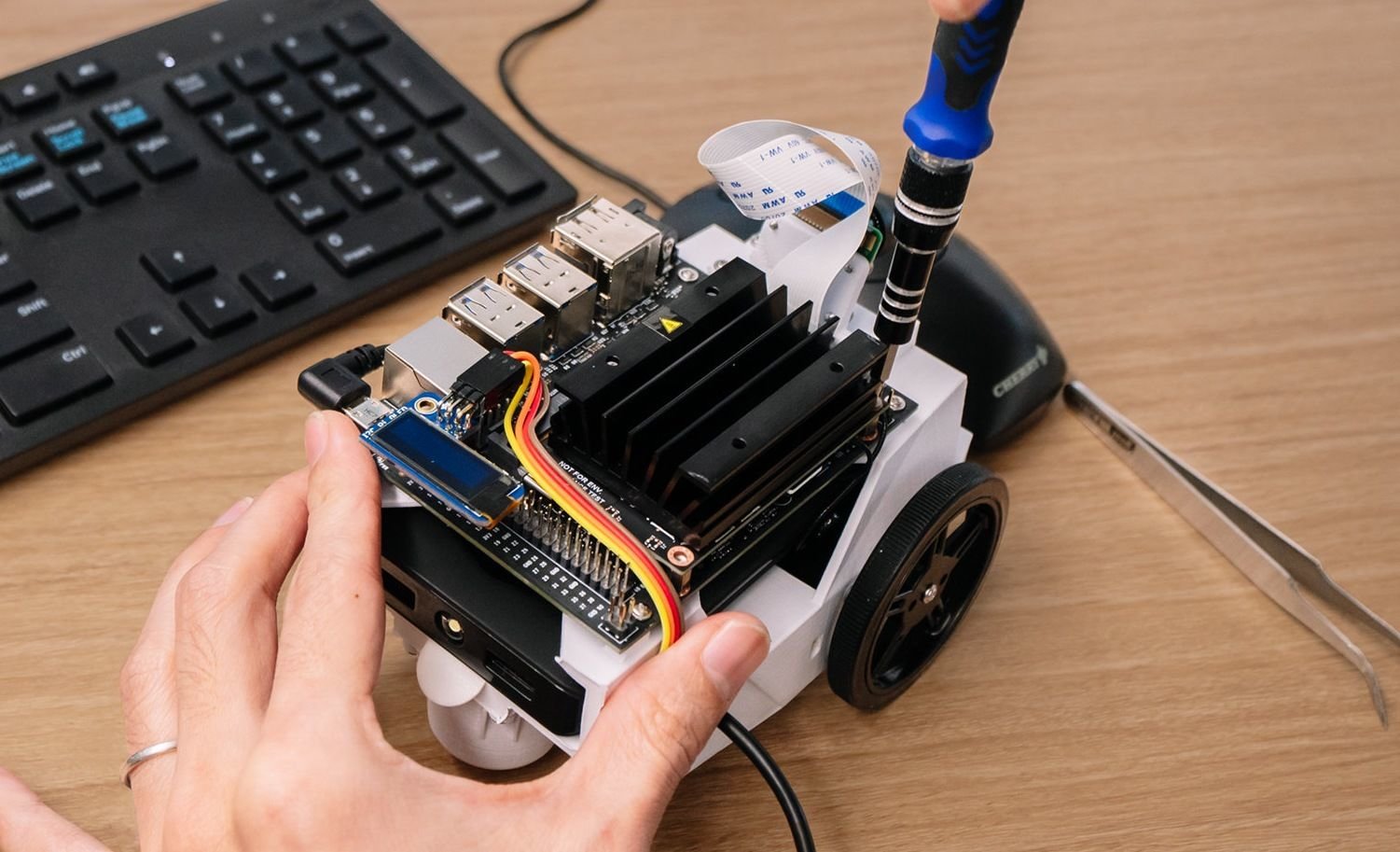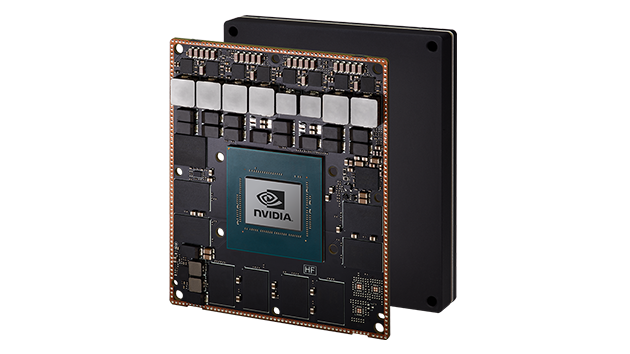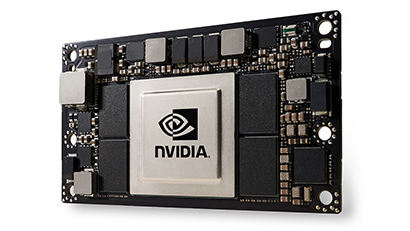Jetson Nano: Nvidia Machine Learning Single Board

Yesterday, Nvidia announced Jetson Nano : a single-board computer for AI computing. A small computer with support for CUDA-X AI libraries produces 472 gigaflops to run modern AI workloads, while consuming only 5 watts.
The single-board is presented at the GPU Technology Conference, and the presentation was made by the founder and CEO of Nvidia, Jensen Huang.
Technical Specifications:
')
- GPU: Nvidia on Maxwell architecture with 128 CUDA cores
- Processor: Quad-Core ARM Cortex-A57 MPCore
- Video: 4K at 30 frames per second (H.264 / H.265 format) and 4K at 60 frames per second (H.264 / H.265 format) for encoding and decoding, respectively
- Video output: HDMI 2.0 or DP1.2 | eDP 1.4 | DSI (1 × 2), two at a time
- RAM: 4 GB LPDDR4 64-bit; 25.6 GB / s
- Flash memory: 16 GB eMMC
- Camera: 12 lines (3 × 4 or 4 × 2) MIPI CSI-2 DPHY 1.1 (1.5 Gbit / s), 12x (module) and 1x (developer kit)
- Connectors: 1 × 1/2/4 PCIE, 1 × USB 3.0, 3 × USB 2.0
- I / O: 1 × SDIO / 2 × SPI / 6 × I2C / 2 × I2S / GPIO Pins
- Network: Gigabit Ethernet
- OS Support: Linux for Tegra
- Module size: 69.5 × 45 mm
- Girl size: 100 × 80 mm
- Connection: 260-pin connector
Jetson Nano comes in two versions:
- Devitch for developers, manufacturers and enthusiasts for $ 99;
- ready module for companies wishing to create systems for the mass market, for $ 129.
Jetson Nano supports high-resolution sensors, can simultaneously process information from multiple sensors and run several neural networks simultaneously. It also supports many popular AI frameworks, allowing developers to integrate their favorite models and frameworks.
According to Nvidia, cheap single-board "is ideal for enterprises, start-ups and researchers," who previously could not afford to buy more expensive boards. Thus, the Jetson platform significantly expands its audience, and the AI accelerator actually becomes almost a consumer product. At least, this maker can buy any maker. As Nvidia says, the board “brings the power of modern AI to an inexpensive platform, stimulating a new wave of innovation from manufacturers, inventors, developers and students. They can create AI projects that were previously impossible, and take existing projects to a new level - mobile robots and drones, digital helpers, automated devices and much more. ”
The kit comes with support for a full-fledged desktop Linux, compatible with many popular peripherals and accessories. Reference books are also available to help you figure it out. As a last resort, you can ask a question on the Jetson developer forum , where colleagues will answer technical questions.
This is not the first product in the Jetson family of Nvidia, which also includes the powerful Jetson AGX Xavier for stand-alone machines and the Jetson TX2 for embedded applications (AI at the Edge).

Jetson AGX Xavier
For comparison, the Jetson AGX Xavier runs on a 512-core Volta GPU with tensor cores, there is a deep learning accelerator, 16 GB of memory, a special accelerator of computer vision (7-Way VLIW Vision Processor), the ability to encode video with a resolution of up to 8K and decode simultaneously up to 12 4K streams. Much of this is missing from the Jetson Nano singleplate. But that one is much smaller and cheaper than the Jetson AGX Xavier: only 69.6 × 45 mm against 87 × 100 mm and the price is $ 99 against $ 1299. As they say, feel the difference.
The third member of the Jetson TX2 family comes in three versions: TX2 (8GB), TX2 4GB and TX2i. They also differ in the amount of flash memory (16-32 GB) and the presence of built-in Wi-Fi, which is only in TX2 (8GB).

Jetson tx2
The Jetson TX2 runs a Pascal GPU with 256 Nvidia CUDA cores. According to other characteristics and size (87 × 50 mm), the Jetson TX2 board is similar to the Jetson Nano, but costs much more: around $ 600 (devkit). So Jetson Nano is cheaper than hundreds of dollars - this is really something special for Nvidia.
Source: https://habr.com/ru/post/444442/
All Articles